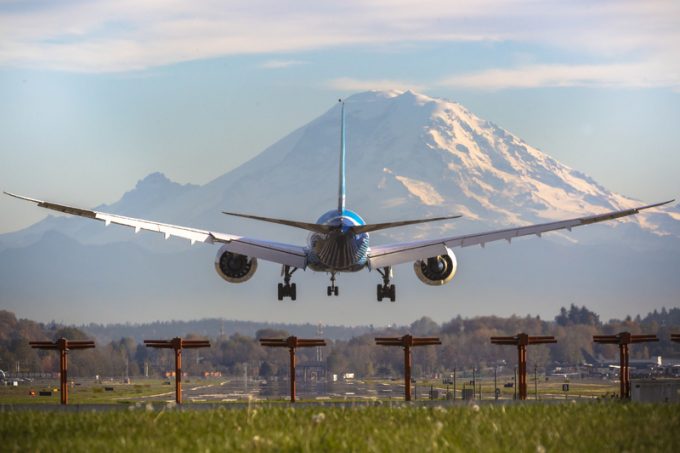Boeing looks to resell up to 50 aircraft rejected by Chinese buyers
Boeing is looking to sell as many as 50 aircraft that had been destined for ...

Shippers and forwarders are facing the prospect of tightening airfreight capacity driving up pricing. Growth in demand and available lift have diverged increasingly this year, and supply of large widebody aircraft remains constricted by supply chain issues and other problems in aircraft manufacturing. This has ...


Comment on this article